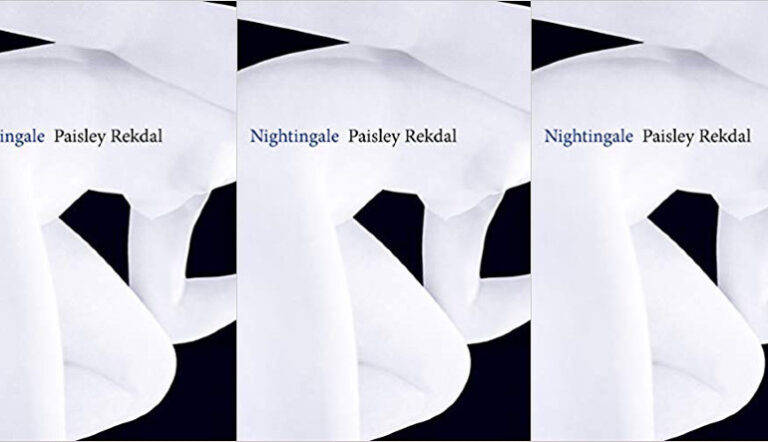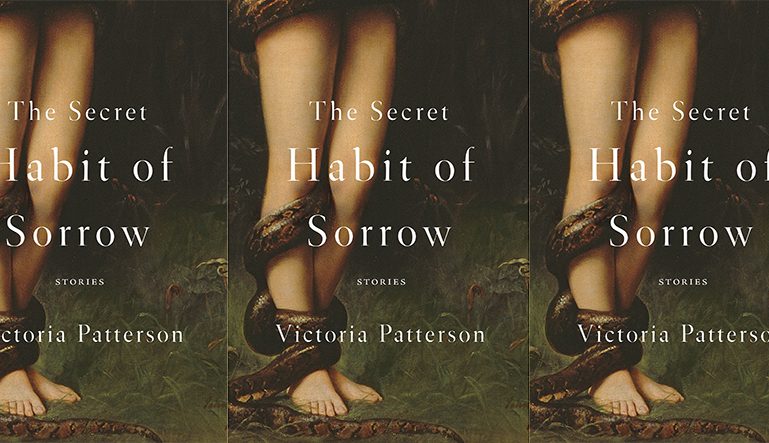The Criminal Child by Jean Genet

The Criminal Child
Jean Genet (translated from the French by Charlotte Mandell and Jeffrey Zuckerman)
NYRB Classics | January 21, 2020
Twentieth-century France was a nexus for social, academic, and artistic revolutions, where luminaries like Michel Foucault, Jean-Paul Sartre, and Simone de Beauvoir, among many more, questioned the technologies of government systems and their impact on humanity. But there was a more elusive figure, still admired today by artists like Patti Smith, who influenced and challenged their thinking: poet, playwright, novelist, film director, and pardoned convict Jean Genet.
Genet found truth in the acts of violence that delivered youths to the very state institutions his contemporaries rebuked. He operated in social structures in order to subvert them, to explore and craft beauty from the darkest corners of modern civilization. While most artists can only imagine a prison sentence, prostitution, ecstasy, or evil, Genet lived through these experiences and, in some cases, sought them out. His bravery lies in this search for honesty, not in finding the right shade or light, plot structure or hero.
New York Review Books collects newly translated personal essays and letters from this French artist in The Criminal Child. The collection contains his musings on the state of art and his problems with contemporary aesthetics, which he finds bland and unable to uncover the human condition of people living on the fringes. His social and art criticism follow a similar vein to his works of fiction, like his novel Our Lady of Flowers (1943), where he takes readers through the underbelly of prison life, and his play The Maids (1947), a story of mimicking and doubles, humans acting as mirrors, and testing the boundaries of social class. In their joint translation, Charlotte Mandell and Jeffrey Zuckerman take an idiosyncratic approach by alternating pieces rather than collectively editing. They breathe new life into Genet’s writings, bringing a unique essence to the language that nears his spoken rhythm.
The first essay, “The Criminal Child,” is a speech Radiodiffusion-Télévision Française refused to air, condemning it for celebrating child criminals instead of praising the reforming powers of juvenile facilities. These facilities, Genet complains, have reached new lows, rebranding themselves as focused on rehabilitation when they should give the child the punishment he deserves and craves. A criminal child commits “an (intentional) error” and “rejects the indulgence and concern of a society . . . He wants severity.” Bring back the original caustic names of these prisons, he argues, so criminal children can embrace the horror as “proof of their violence.”
Genet’s near obsession with centering rebellion, however, hinges on the State and bourgeois forces he battles against remaining in place. In other words, he rebukes society for trying to eliminate corrupted youths, yet these wouldn’t be named as such within a corrupt society; for Genet, one needs the other. It’s in the act itself of evil, in the guts it takes to deploy violence on social norms, where Genet discovers the most beautiful moments in humanity. Anything less can’t achieve the lyricism he seeks in art or life, a burden he carries on his shoulders.
He finds mimesis of darkness in craft hypocritical, though, unable to go beyond superficial reproductions of the culture’s seedy silos. “Your literature, your fine arts, your after-dinner entertainments all celebrate crime.” These middling artists crib the outsider’s likeness and heroism, but land nowhere near the darkness they ironically exploit. Even in a letter to his friend, Genet criticizes the surrealist Argentine painter Leonor Fini, who completed two portraits of him, for not realizing her full potential: he implores, “stop the game of appearances: appear.” She paints the underworld well, but it’s not hers, and Genet’s waiting for Fini herself to emerge in full. This is a general deficiency in Western art for the critic, especially theater, as explained in his “Letter to Jean-Jacques Pauvert.” The West lacks universal and cultural symbols that grab the public with emotion.
The body, in particular the male body, surfaces at the center of Genet’s writings. Its destiny of suffering, dressing up, and copying lead to transformation in his description of a ballet titled “’adame Miroir.” Depicting a man who surrounds himself with mirrors and whose reflection then betrays him echoes his other plays, “The Maids” and “The Black,” where emulating classes and sexes and mask-wearing and demasking envelop the characters. The body is language for Genet; joy and pain lie in the physical. In “Fragments…”, an assortment of his thoughts on life and art, he writes to a homosexual audience, to the nocturnal who hide in the shadows: “you enter him if you haven’t already wrapped round him. He inhales you and vomits, or you suck him in and in your white belly, swallowed, he sleeps in a ball.” There’s not just a moral aesthetic in the sexual act, but a holy companionship only those living on the fringe could recognize. This is with whom Genet wishes to engage—those fearless enough to go where the bourgeoisie refuses to venture.
What the collection lacks is a deeper understanding of the artist’s life beyond the letters, despite immediately encountering his aesthetic and sociopolitical ethos. There’s little context leading into the pieces, which could leave readers struggling to locate historical referents. Some of the artists he writes about, like Swiss sculptor Alberto Giacometti, whom Genet praises for his mission to “discover that secret wound of every being,” could require additional research to fully appreciate the writer’s critique. It left this reader wanting to know when Genet had written his fragments—before, during, or after his novels and plays. On the other hand, understanding Genet’s reclusive penchant, and his desire to not teach but inflame the reader, perhaps this is a wink to the cloak of mystery.


